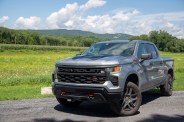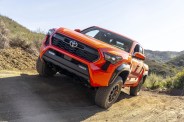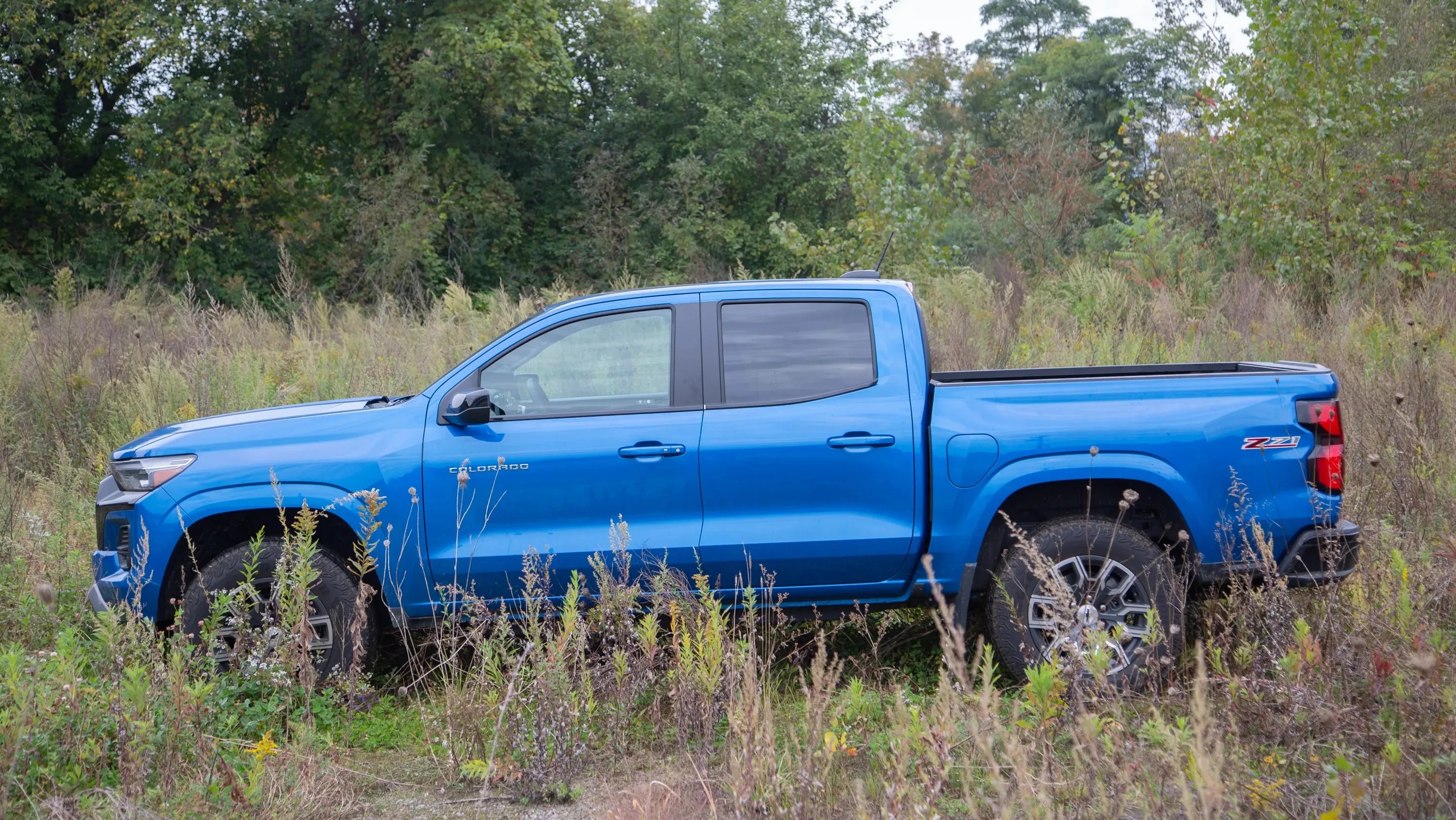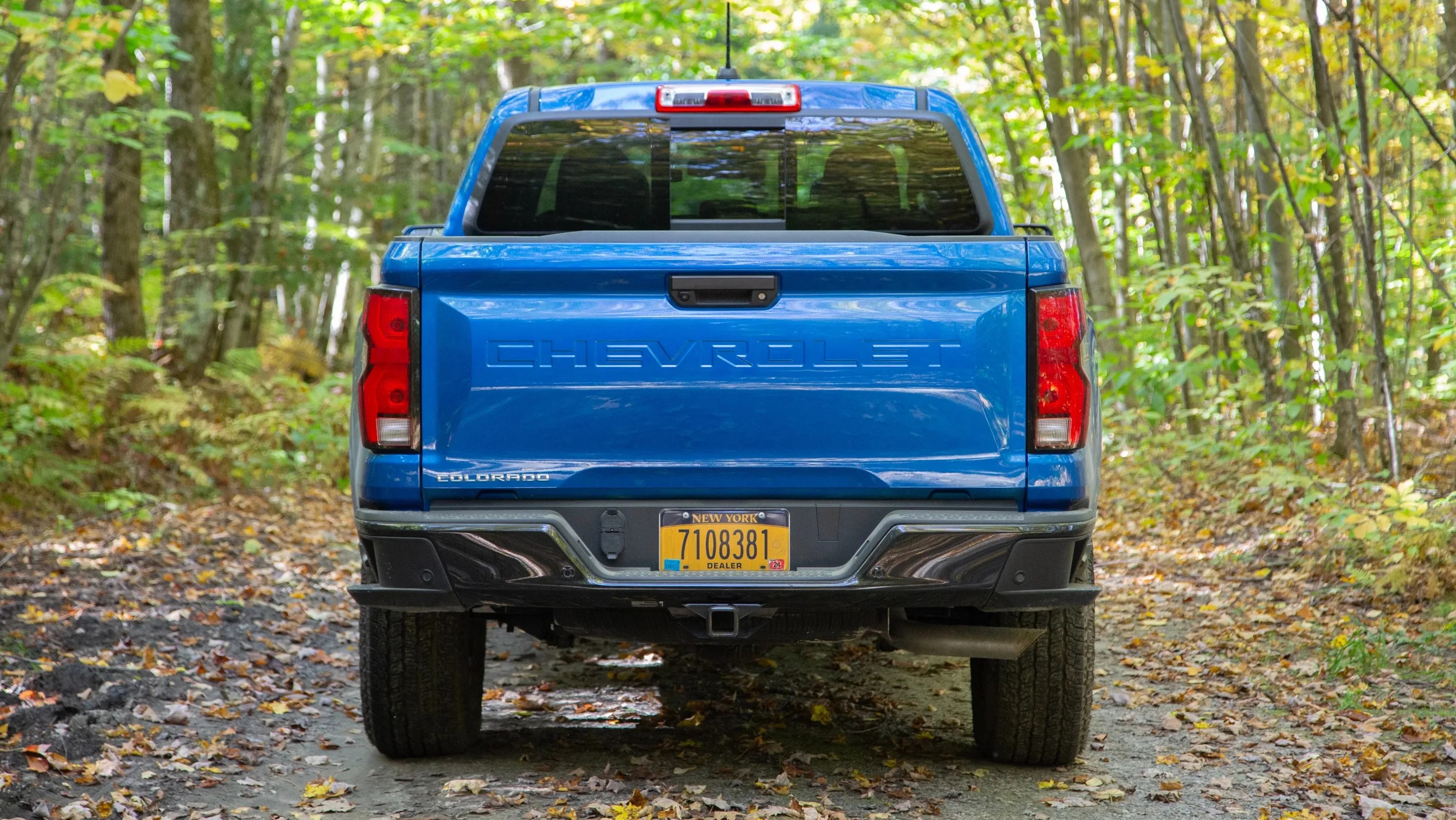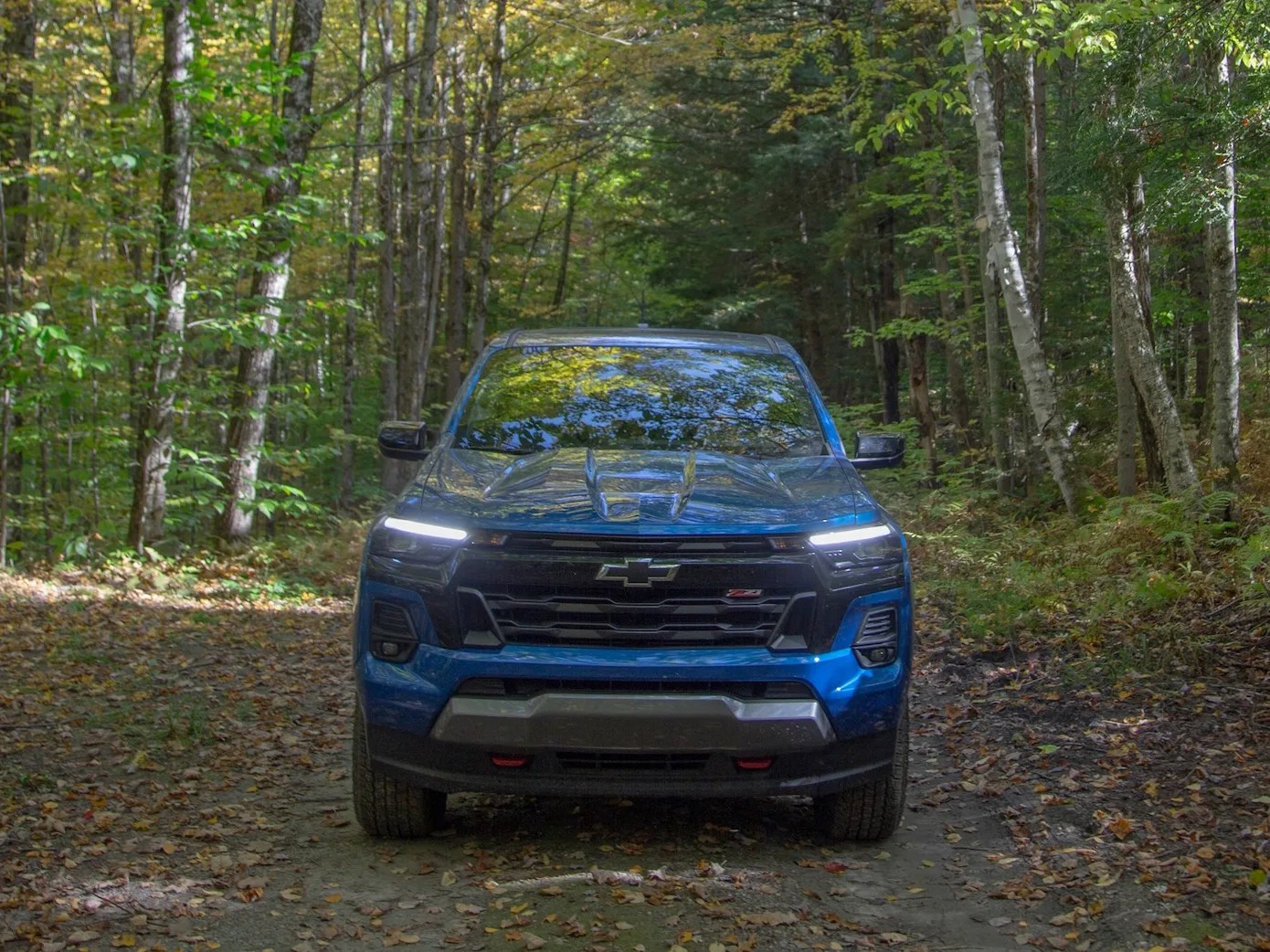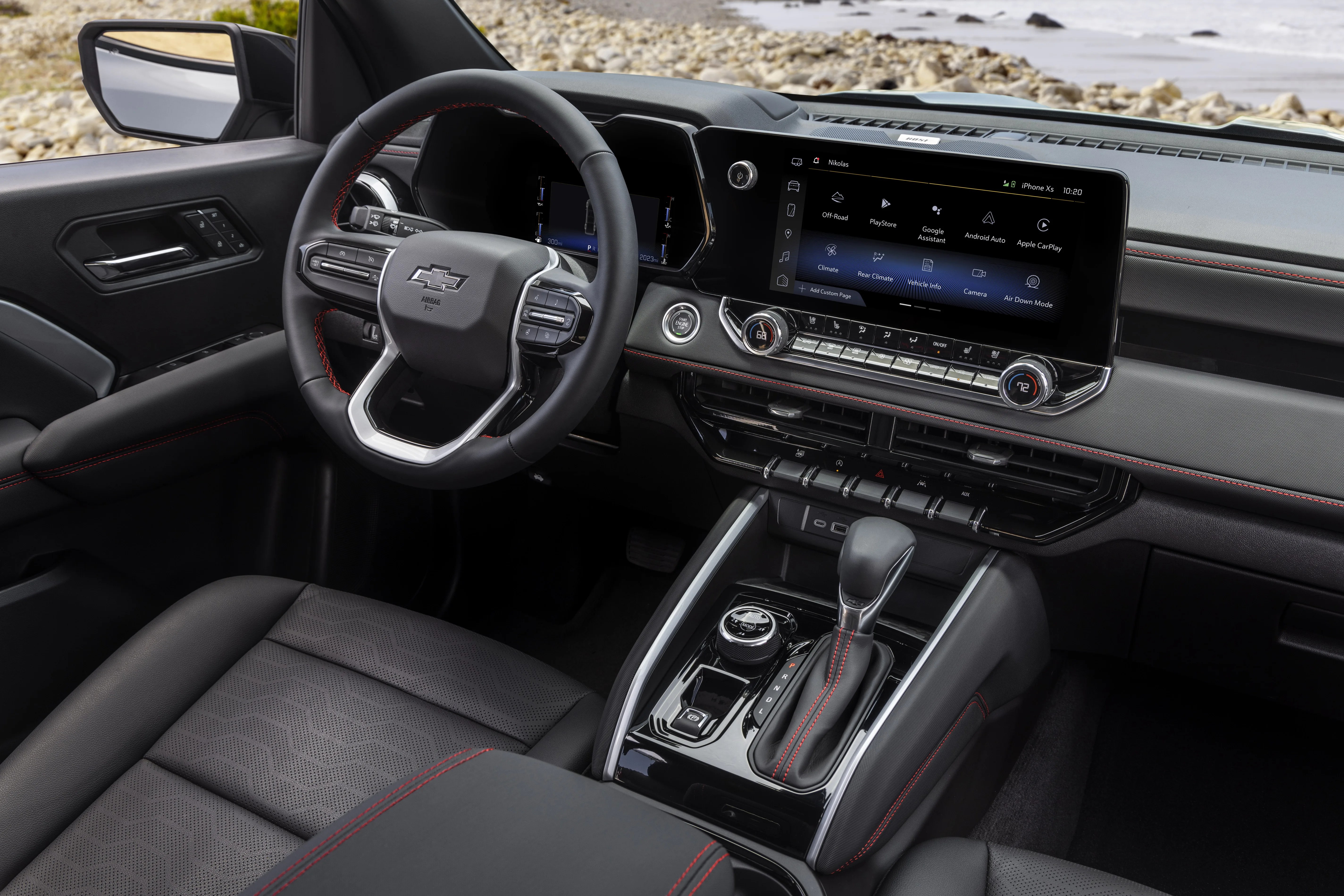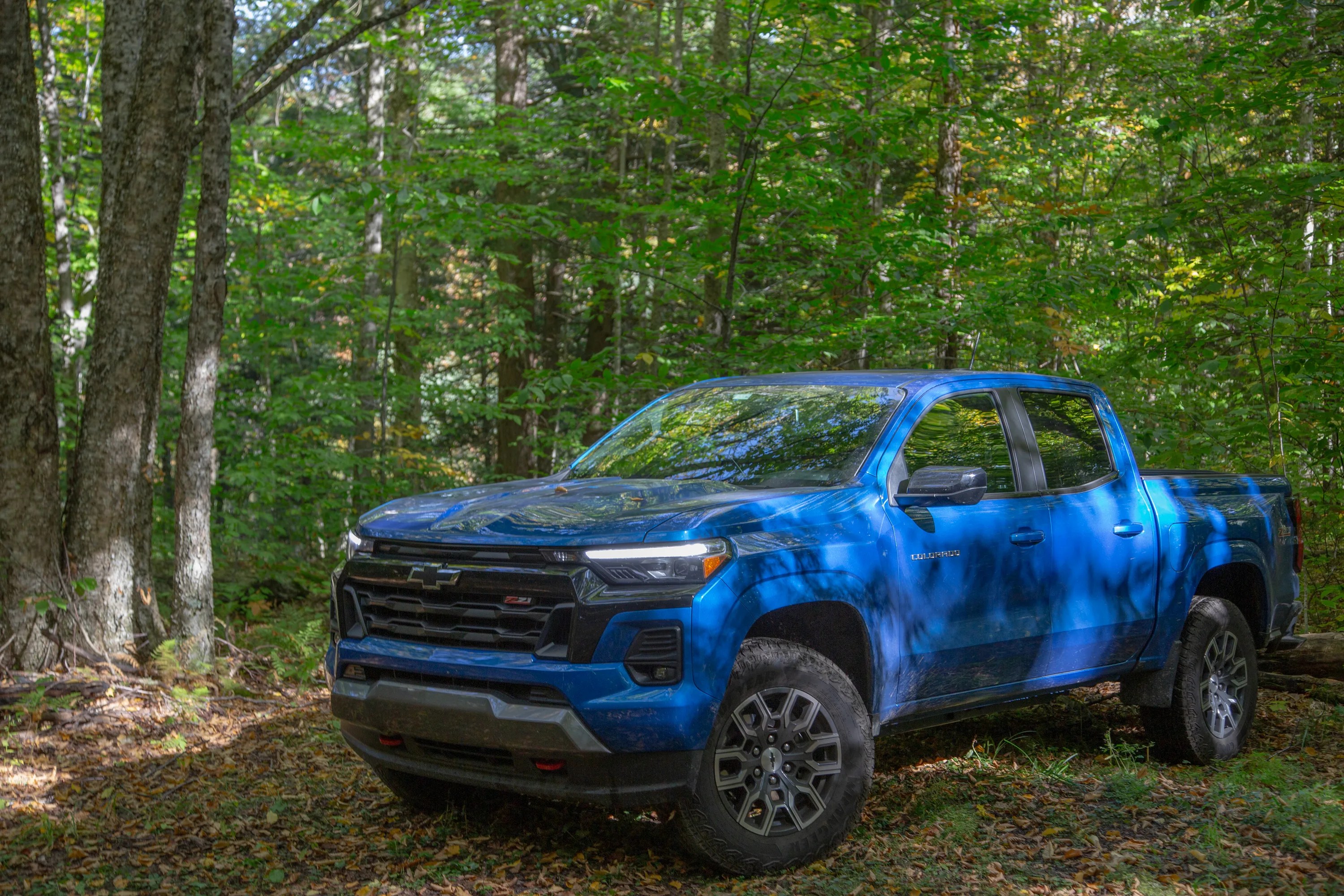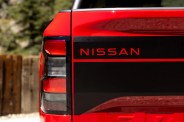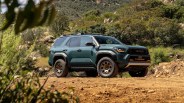For a brief period of time back in the early 2010s, it seemed like the midsize pickup truck as we knew it was on the verge of going extinct. Detroit’s Big Three — far and away the most dominant force in pickups — had given up on the category by 2012, leaving it to a smattering of Japanese contenders: the Honda Ridgeline, the Nissan Frontier and the Toyota Tacoma.
That wasn’t exactly ideal for potential buyers. The unibody Honda, for its part, wound up as the Rodney Dangerfield of pickups; in spite of its surprising versatility and a host of handy features, the Pilot-platform truck never got no respect, especially in its first generation with its Avalanche-meets-crossover body. The Frontier was a decent enough truck when it came out … but that was in 2004. By the end of the first Obama administration, it was already aged — and not in the good way like wine or cheese. And the Tacoma, well, its reputation was well-established by the 2010s, but the second-gen model was already graying at the temples by the start of the decade.
But while Ford and Dodge Ram may have written off the category in the U.S., General Motors had in fact made plans to try and keep America in the midsize truck fight. In late 2013, GM unveiled a new second-generation version of the Chevy Colorado and GMC Canyon, one exhibiting the best of mid-decade General Motors: clean design, good ride and handling for the class and solid engines (if you chose the optional 3.6-liter V6 or 2.8-liter turbodiesel).
Buyers were all about it; sales easily topped 100,000 units in the first year on sale and stayed close to 150,000 per annum all the way until COVID-19 hit. There’s no doubt that success of the Colorado and Canyon played a role in convincing Ford to bring the Ranger back to U.S. shores, and quite well may have helped unleash the flood of new current-and-upcoming small trucks, from the Maverick and Hyundai Santa Cruz to Toyota’s upcoming Scout pickup to whatever else the future may bring.
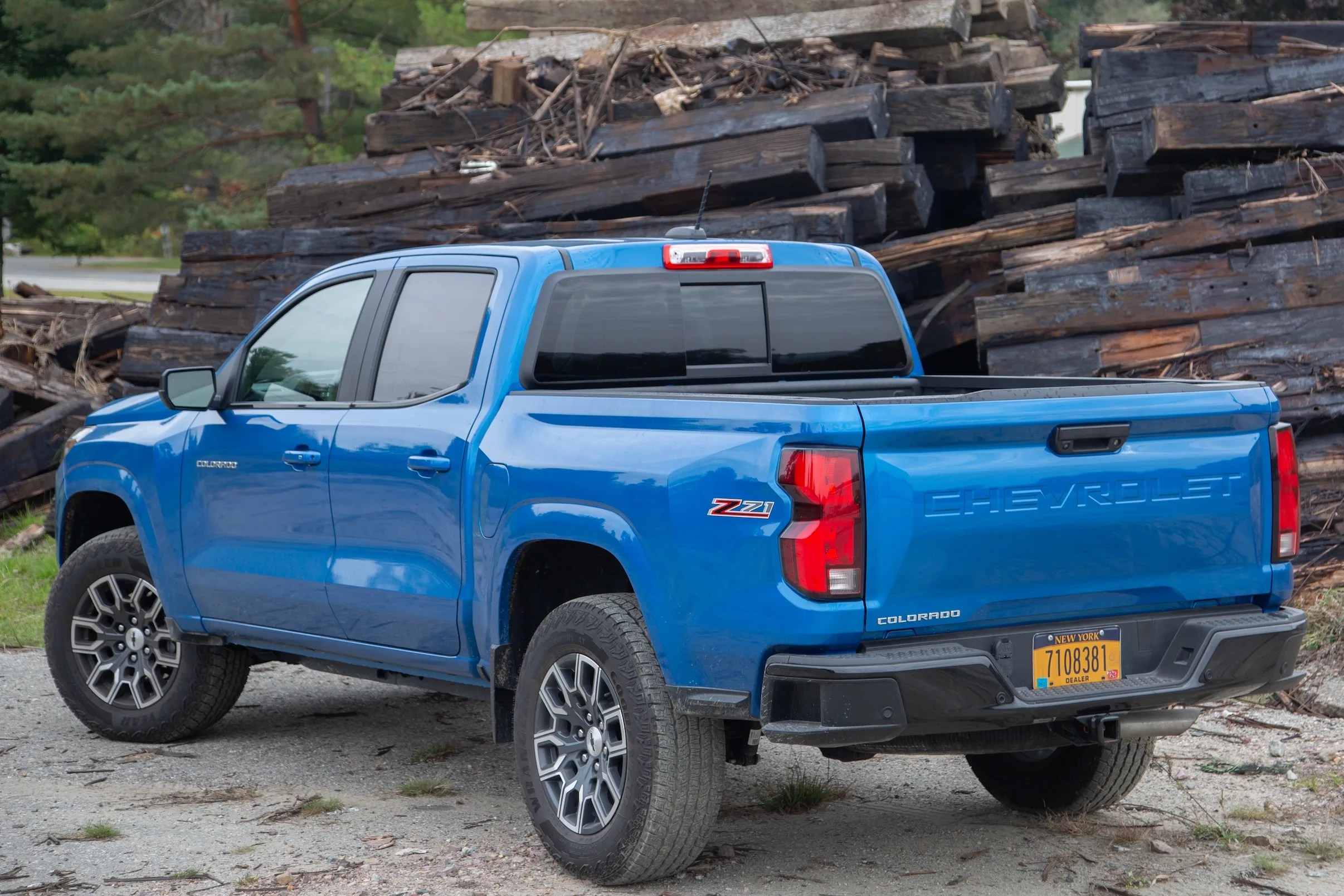
That level competition, though, meant GM couldn’t sit on its hands with its own midsize contenders. So, for 2023, the automaker rolled out a new generation of the Colorado and Canyon, one that’s been updated with more of what people want — technology, aggressive style and off-road packages, first and foremost — and strips away some of the waste, like extra powertrains or bed lengths.
Sounds good in theory, but how does it hold up in real-world conditions most buyers will encounter every day? I took the Colorado for an 800-mile drive up to Vermont and back to New York City to find out. Here’s what I learned.
2024 Chevrolet Colorado Z71: What We Think
Capable and refined, the new generation of Colorado offers the vast majority of what appeals to full-size truck owners at a more affordable price. Coming in comfortably under $50,000 in most configurations and equipped with the features most new vehicle buyers prioritize, it feels like a no-compromise proposition. And compared with the Silverados and F-Series of the world, its tidier proportions make it a better fit for driveways, parking spots and off-road trails.
It is, however, very much a midsize truck; its crew cab is a little small to be used as a true family vehicle the way full-size pickups can pull off, and its bed isn’t as big and usable as those of larger rigs. Still, if you don’t need your truck to carry four adults at once or haul sheets of plywood on a regular basis, the Colorado offers what most people want from a pickup at a lower price — and stands as a compelling competitor to the new 2024 Tacoma at the top of the midsize pickup truck class.
The 2024 Chevy Colorado Z71
3 photos
To learn more about our testing methodology and how we evaluate products, head here.
At its core, the Colorado is a good truck at a good price
Generally speaking, a Colorado will run you five figures less than a similarly equipped Silverado — enough of a savings to make an appreciable change in your monthly payment. The Z71 starts at $41,395; even well-equipped, it’s possible to land it for a price under 45 grand.
If you can live without a few of the nicer features and just want a pickup that’s ready to roll for off-roading, the Trail Boss comes in $2,900 cheaper, landing below $40,000 after destination. Even after adding a few utilitarian options — rear defroster and sliding back window, heated mirrors, surround view cameras, adaptive cruise control and ADAS features like blind spot warning, rear cross traffic and pedestrian alert and backup sonar — it still comes in barely over $40K. A Silverado 1500 Custom Trail Boss, meanwhile, starts at $53,795 — and the smaller truck packs a better interior design and infotainment setup, to boot.
There’s only one powertrain to be found here: a 2.7-liter turbocharged inline-four, connected to an eight-speed automatic. If that sounds familiar, it’s the same system that serves as the current base engine in the Silverado 1500. Indeed, the “TurboMax” powertrain makes the same 310 horsepower and 430 lb-ft in the Colorado as it does in the Silverado (a less-potent version is standard on base-model ‘Rados),
Both trucks weigh roughly the same and use the same gear ratios, so acceleration is around the same, in spite of the size difference. Thanks to the mighty wallop of torque that comes on at 3,000 rpm, both trucks feel quick enough to handle passing and merging without stress. Still, the Colorado is a little nicer to drive; its more compact size make it feel a bit more responsive, and less NVH comes through to the cabin.
Don’t expect to see much a difference in fuel economy, though, especially if most of your driving happens on the highway. Over the course of my drive, I saw similar mileage to the four-cylinder Silverado — around 19 mpg overall. Brick-like frontal areas and all-terrain tires are never a recipe for efficiency at 75 mph.
The Colorado crew cab isn’t crazy commodious
In an effort to streamline the lineup (i.e. save money), the latest generation of GM’s midsize truck only come in one body style: short bed, crew cab. It’s a logical choice, as buyers have been flocking to this style across the pickup world; besides, most shoppers looking for a work truck likely prefer the added capability that comes with a bigger rig.
For the two folks up front, the Colorado is certainly a nice place to be. While there’s not the expansive space found in a full-size truck, it’s certainly not confining in there, either. The infotainment system and buttons are easy to reach, and between the physical controls on the dash and wheel, you may not need to touch the screen for anything but CarPlay or Android Auto once your radio presets are set up.
GM’s choice to banish the headlamp switch to the touchscreen has led to cries that the brand is suffering from Tesla-like foolishness, but the automatic on/off function works just fine for regular life. (My tester did suffer from infotainment software that occasionally froze up for a moment, but since I didn’t see anything similar on the GMC Canyon, I’m willing to write that off as typical first-year build quality issues, unless I see it in a second example.)
The back seat is tight enough that two adults likely won’t want to spend more than an hour or so back there before, constrained for space as their lower limbs will be. (Don’t even think about packing a third grown-up back there unless you’re desperate.) A car seat for an infant or toddler might do all right, depending on its proportions; likewise, a dog would be fine belted in back there. Anyone larger than that, though, will soon be issuing Spirit Airlines-level complaints about leg room.

